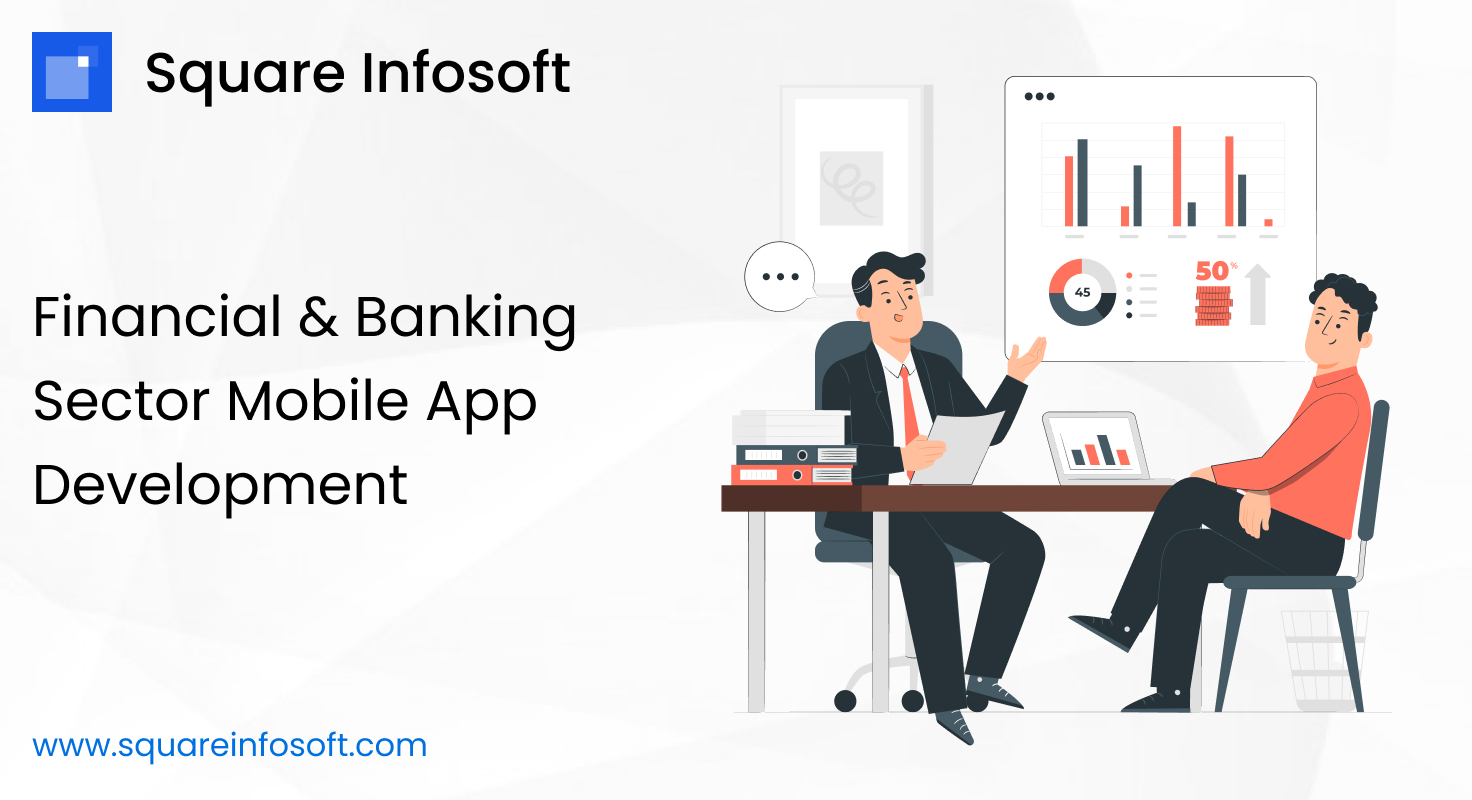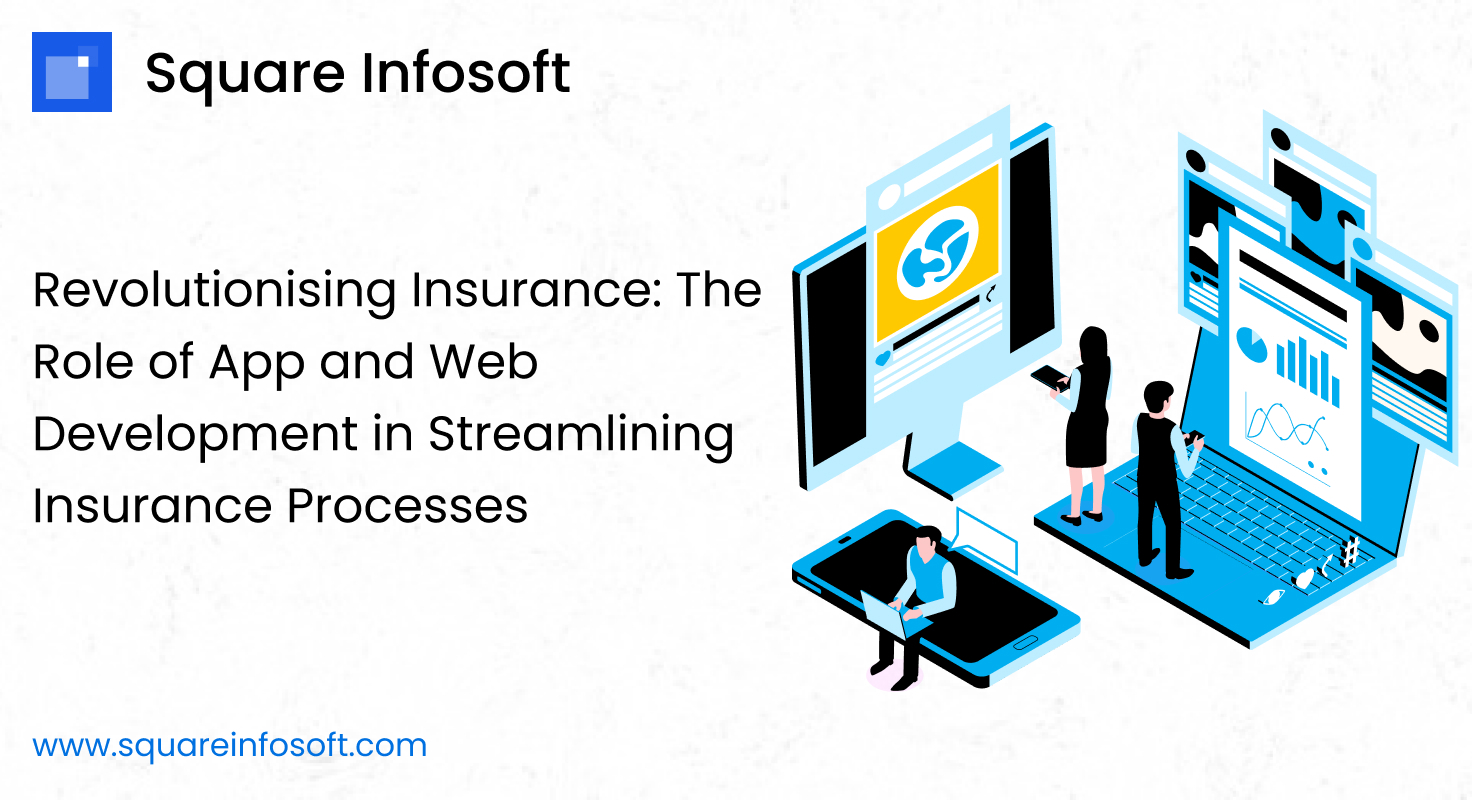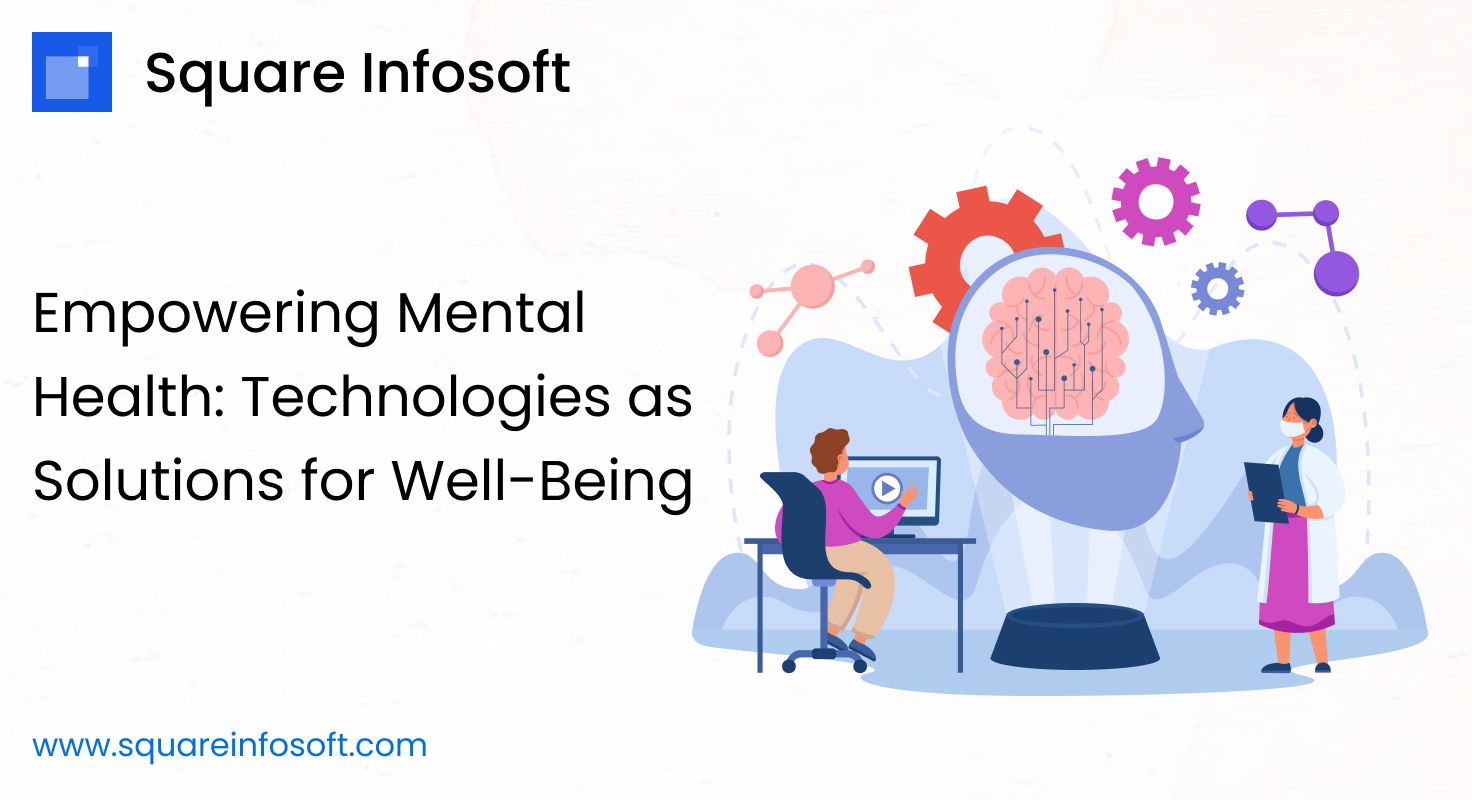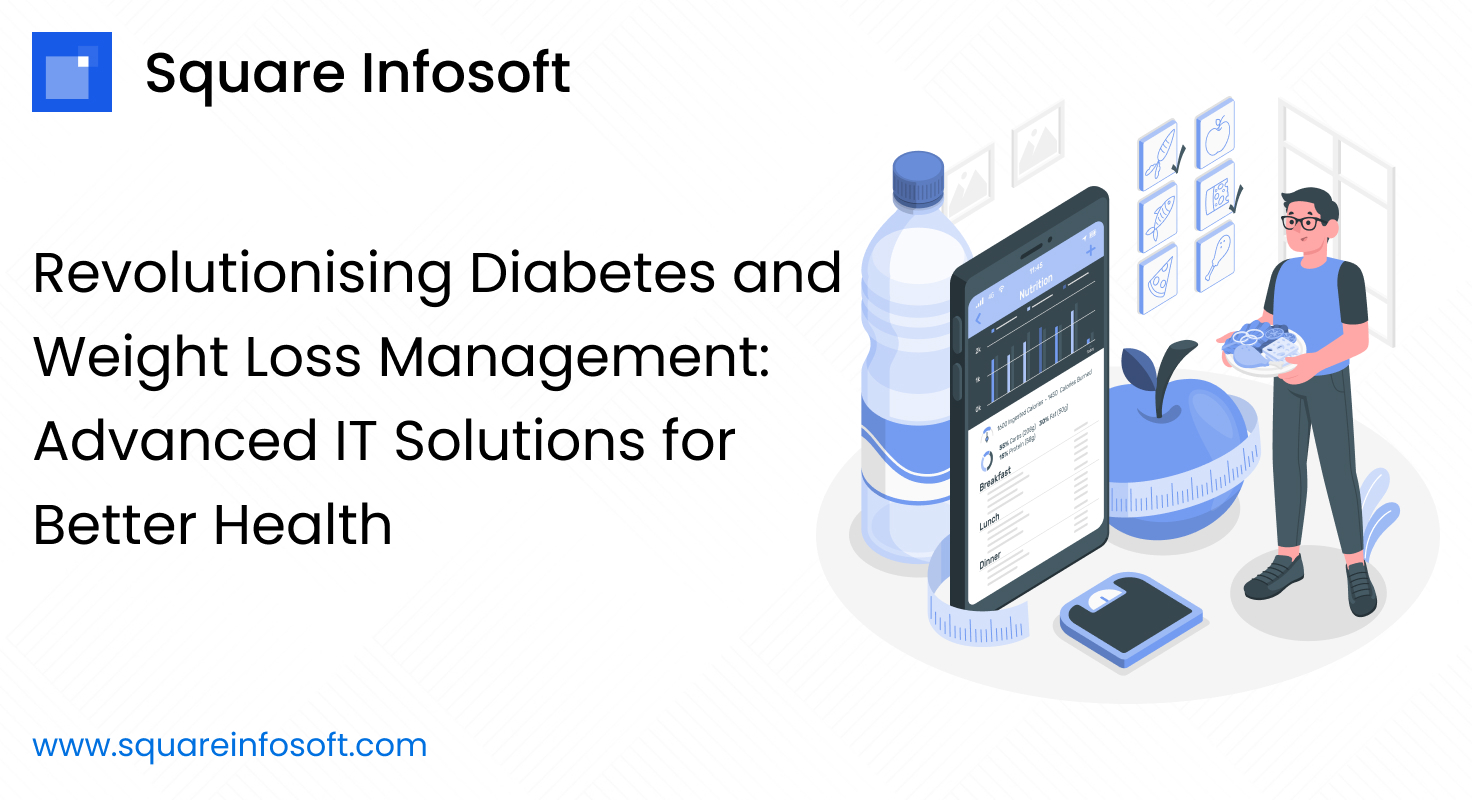Developing a mobile app for the finance and banking sector requires careful planning, attention to detail, and adherence to industry regulations.
The steps involved in the process:
- Market Research and Analysis:
- Conduct thorough market research to identify user needs, competitor offerings, and emerging trends in the finance and banking sector.
- Analyze customer preferences, demographics, and behavior to tailor the app to the target audience.
- Explore regulatory requirements and compliance standards governing financial apps to ensure legal and ethical practices.
- Conceptualization and Planning:
- Define the app’s goals, objectives, and target audience based on market research findings.
- Create a detailed project plan outlining the scope, timeline, budget, and resources required for development.
- Collaborate with stakeholders, including financial experts, designers, developers, and regulatory specialists, to refine the app concept and establish key features.
- Design and Prototyping:
- Develop wireframes and prototypes to visualize the app’s user interface (UI) and user experience (UX) design.
- Incorporate feedback from usability testing to refine the app’s layout, navigation, and functionality.
- Design a visually appealing and intuitive interface that reflects the brand identity and instills trust and confidence in users.
- Development and Implementation:
- Select appropriate technologies, frameworks, and programming languages for app development, considering factors such as security, scalability, and performance.
- Build the app’s front-end and back-end components, including features such as account management, transaction processing, authentication, and data encryption.
- Integrate third-party APIs and services, such as payment gateways, identity verification, and fraud detection systems, to enhance the app’s functionality and security.
- Security and Compliance:
- Implement robust security measures to protect user data and transactions, including encryption, authentication, authorization, and secure communication protocols.
- Conduct thorough security testing, vulnerability assessments, and penetration testing to identify and remediate potential security risks and vulnerabilities.
- Ensure compliance with industry regulations, such as the Payment Card Industry Data Security Standard (PCI DSS), General Data Protection Regulation (GDPR), and relevant financial regulations.
- Testing and Quality Assurance:
- Perform comprehensive testing of the app’s functionality, usability, compatibility, and performance across different devices, platforms, and network conditions.
- Conduct rigorous quality assurance (QA) testing to identify and resolve bugs, errors, and inconsistencies in the app’s behavior and performance.
- Collaborate with QA engineers, testers, and end-users to validate the app’s features, functionality, and user experience.
- Deployment and Launch:
- Prepare the app for deployment to app stores, including submission to the Apple App Store and Google Play Store, following their respective guidelines and requirements.
- Coordinate with app store administrators to review and approve the app for distribution, addressing any feedback or concerns raised during the review process.
- Launch the app to the public, promoting it through marketing campaigns, social media channels, and other digital channels to attract users and drive adoption.
- Post-Launch Support and Maintenance:
- Provide ongoing support and maintenance to address user inquiries, feedback, and technical issues, ensuring a positive user experience and customer satisfaction.
- Monitor app performance, usage metrics, and user feedback to identify opportunities for improvement and optimization.
- Release regular updates and enhancements to introduce new features, fix bugs, and address security vulnerabilities, maintaining the app’s relevance and competitiveness in the market.
Pros and Cons of Developing a Finance and Banking Sector Mobile App
Developing a mobile app for the finance and banking sector offers numerous benefits, but it also presents challenges and risks. Below are the pros and cons of developing a finance and banking sector mobile app:
Pros:
- Convenience: Mobile banking apps offer customers convenient access to financial services anytime, anywhere, without the need to visit physical branches or ATMs.
- Enhanced Customer Experience: Well-designed mobile apps provide users with intuitive interfaces, personalized features, and seamless interactions, enhancing the overall customer experience.
- Cost Savings: Mobile apps can help banks and financial institutions reduce operational costs by automating routine tasks, streamlining processes, and digitizing paper-based transactions.
- Competitive Advantage: Offering a mobile app can give banks a competitive edge in the market, attracting tech-savvy customers and differentiating themselves from competitors.
- Financial Inclusion: Mobile banking apps can help promote financial inclusion by providing underserved populations with access to banking services and financial resources.
- Data Analytics: Mobile apps generate valuable data on user behavior, preferences, and transactions, which banks can analyze to gain insights into customer needs and market trends.
- Cross-Selling Opportunities: Mobile apps can serve as a platform for cross-selling additional products and services, such as loans, insurance, and investment products, to existing customers.
Cons:
- Security Risks: Mobile banking apps are vulnerable to security threats, such as data breaches, malware attacks, and phishing scams, which can compromise sensitive customer information and financial transactions.
- Regulatory Compliance: Developing and maintaining a finance and banking sector mobile app requires compliance with strict regulatory requirements and industry standards, which can be complex and time-consuming.
- Technical Challenges: Building a robust and reliable mobile app for the finance and banking sector involves overcoming technical challenges, such as scalability, performance, interoperability, and integration with legacy systems.
- User Trust: Establishing and maintaining user trust is essential for the success of a finance and banking sector mobile app, requiring transparent communication, strong security measures, and responsive customer support.
- Customer Adoption: Encouraging customers to adopt and use a mobile banking app may require incentives, education, and marketing efforts to overcome resistance to change and address concerns about security and privacy.
- Dependency on Technology: Mobile banking apps rely on technology infrastructure, including smartphones, tablets, operating systems, mobile networks, and cloud services, which can be subject to outages, disruptions, and technical issues.
- Legal and Liability Issues: Banks and financial institutions may face legal and liability issues related to data privacy, consumer protection, fraud prevention, and regulatory compliance, which can result in litigation, fines, and reputational damage.
In conclusion, while developing a finance and banking sector mobile app offers numerous benefits, it also entails significant challenges and risks. By carefully planning, executing, and managing the app development process, banks and financial institutions can leverage the power of mobile technology to deliver innovative, secure, and user-friendly financial services to customers worldwide.




